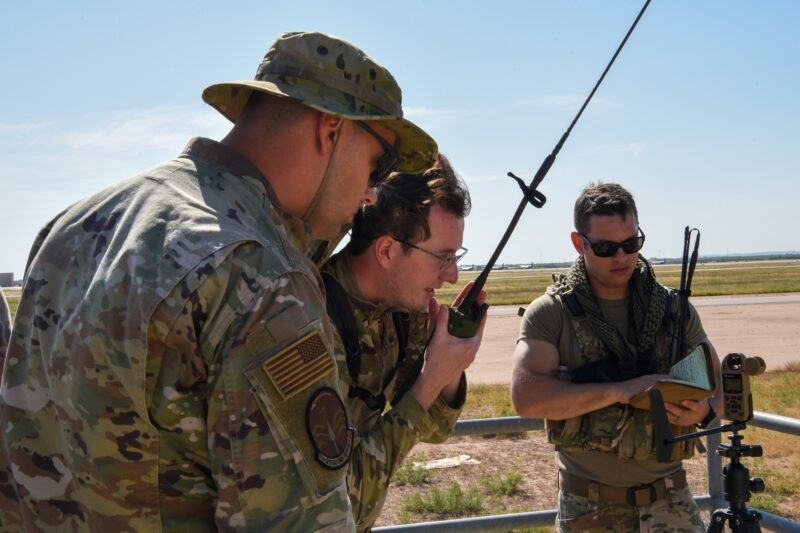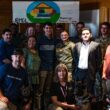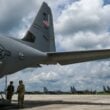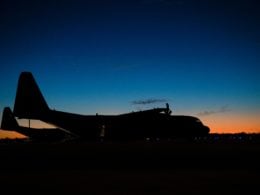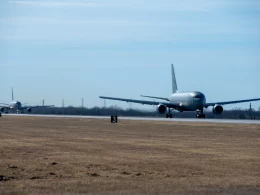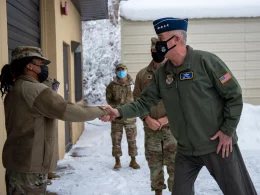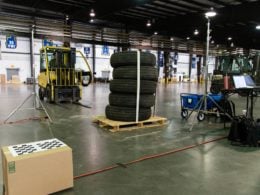DYESS AIR FORCE BASE, Texas —
Dyess held its first Landing Zone Safety Officer course from July 24 to August 4, 2023. The LZSO course provides airfield operations personnel training on managing and controlling landing zone operations in an austere environment.
“The course is 80 hours, with the first 40 hours being mostly classroom-based instruction,” said Tech. Sgt. Erich Poss, 53rd Combat Airfield Operations Squadron LZSO course director. “We go through some PowerPoint slides and then we reinforce those lessons with some mild hands-on training. The second week of the course it’s all hands-on; we’re out at the landing zone practicing all those concepts and putting all those lessons to work.”
The course, traditionally only offered at Scott Air Force Base, Illinois, was hosted here at Dyess with the help of the 53rd Air Traffic Control Squadron from Robins Air Force Base, Georgia. Students learned how to site and establish small landing surfaces, control aircraft to land and clear them to land and depart.
“We did a lot of controlling aircraft, including night operations with night vision gear,” said Tech. Sgt. Nicholas Goldsmith, 7th Operations Support Squadron radar and weather systems NCO in charge. “It was quite the culture shock for me especially, because we don’t usually deal with anything air traffic control or airfield management related.”
The course is a major priority and focal point of future airfield operations, meeting the intent of Agile Combat Employment and Multi-Capable Airmen concepts. The airfield operations career fields advocated for combat-oriented training to further develop these concepts.
“With the changing nature of the future fight for dominance and near-peer adversaries like Russia and China, we have to be able to go from location to location quickly,” said Master Sgt. Christopher Lippolis, Air Force Global Strike Command terminal instrument procedures manager. “We’re not always going to have prepared runways or be at a main base. We have to be agile, light and able to do this type of work anywhere.”
The LZSO course trains members across airfield operations specialties in air traffic control operations, enabling them to fill slots as landing zone safety officers in austere environments. This is the first step in implementing this type of training to airfield operations Airmen across the Air Force.
“The National Defense Strategy and the National Military Strategy have evolved over the past five to ten years to encapsulate the ideology that we need to be more flexible and improve our strategies to be able to fight a war in a different way that we’ve been doing over the past 200 years,” said Poss. “So with that, the airfield operations community realized that we have to be a part of that. We have to get ahead of the curve because when it comes to generating air power, you can’t do that if you can’t get your aircraft into the fight.”




